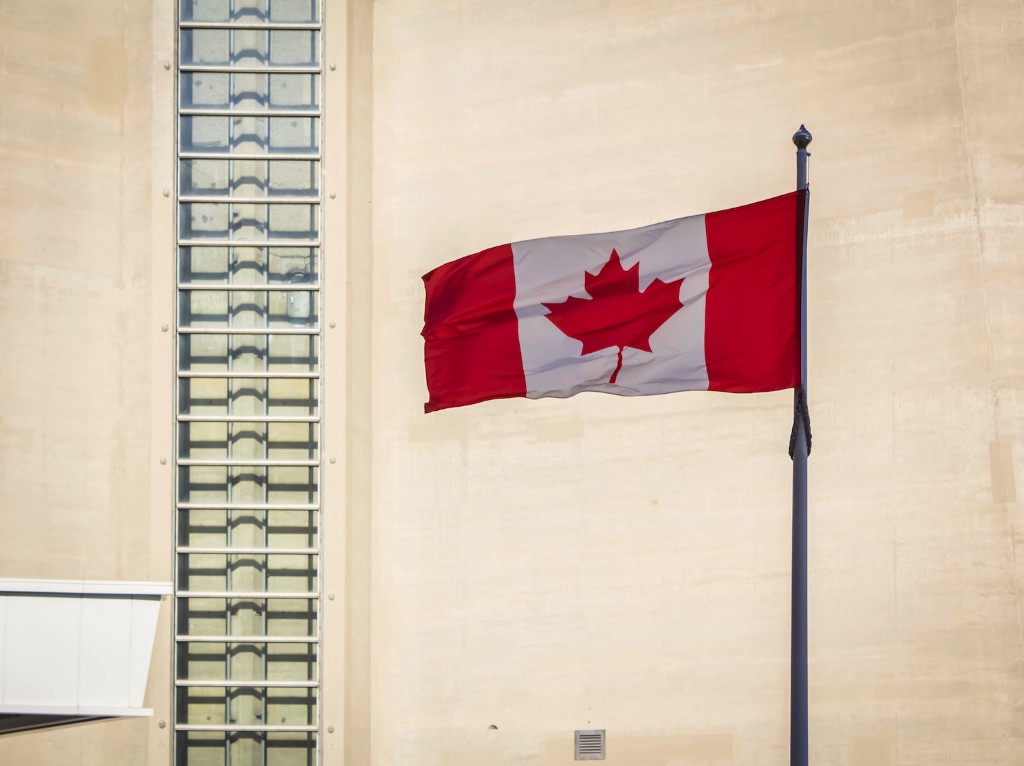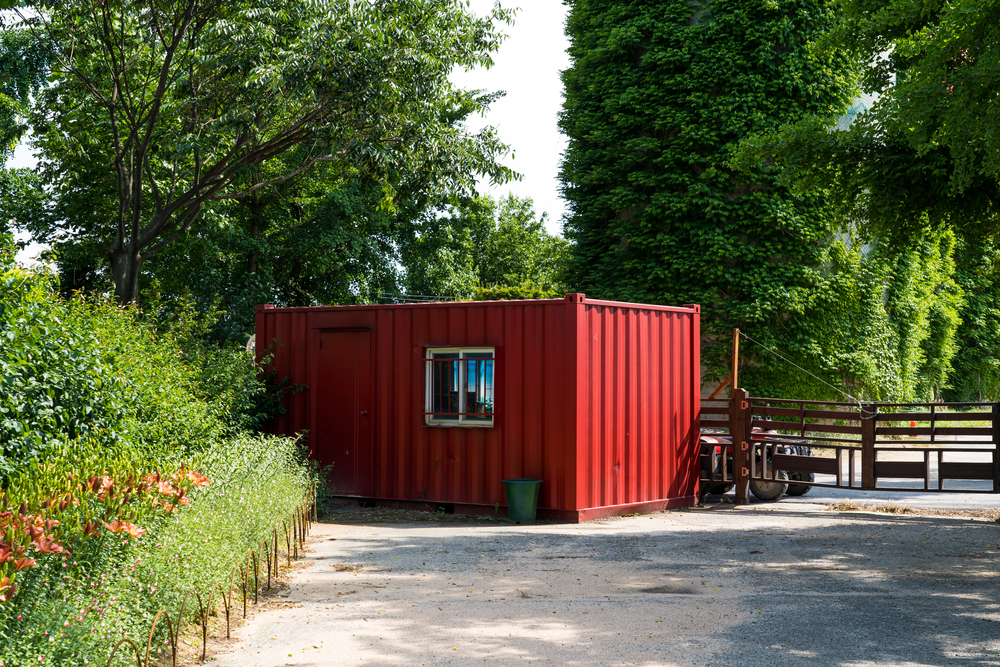By Christopher Clubb, Convergence
The Government of Canada’s new budget announced this week is good news for those living in developing countries.
The budget commits CAD 1.5 billion (US$1.15 billion) over the next five years, with a further CAD 493 million annually thereafter, to support innovation in Canada’s international assistance.
“Canada will do more to help vulnerable people around the world by making the largest new investments in international assistance in more than a decade,” says Finance Minister Bill Morneau.
In addition, the budget includes an additional CAD 2 billion over five years for international assistance aligned with Canada’s Feminist International Assistance Policy.
This CAD 1.5 billion signals Canada’s commitment not only to innovative development finance, but to blended finance. The new budget states that these new funds will give the government greater flexibility for financing arrangements and partnerships and allow it to explore new and innovative ways to achieve its objectives, including the use of financial instruments such as guarantees, equity and conditionally repayable contributions.
The CAD 1.5 billion will be deployed by the government to catalyze higher levels of private sector investment indeveloping countries to narrow the approximate USD 2.5 trillion annual funding gap to realize the United Nations Sustainable Development Goals (SDGs).
Financial leverage
There is ample evidence over the past decade that governments can strategically deploy a portion of their international assistance budgets to attract private sector investment into a country or project the private sector would otherwise not invest in. This has the potential to catalyze significantly larger amounts of investment into developing countries. The combined financial resources are typically 4–10 times higher than what could be achieved by the public-sector funds alone.
So, if the Government can deploy the CAD 1.5 billion strategically with a six times average leverage factor from the private sector, that means CAD 10.5 billion could be directed into developing countries over the next five years, or CAD 2.1 billion per year. For scope, let’s look at what CAD 2.1 billion per year would mean for Sub-Saharan Africa (SSA):
- Financing to local financial institutions to provide loans to women-owned and women-managed SMEs. A 2016 report by the Women Entrepreneurs Finance Initiative calculated a USD 300 billion annual credit deficit for women-owned SMES in developing countries, with around 30% of the need in SSA. CAD 2.1 billion per year could meet the financing needs of around 210,000 women-owned SMEs in SSA per year and eliminate 2% of the SSA deficit;
- Financing to water projects in rural villages, which would save families (usually women and girls) hundreds of hours per year spent procuring water for household use. A 2016 World Bank study determined the cost of extending basic drinking water, sanitation and hygiene services (WASH) to the unserved in developing countries to be around USD 28.4 billion per year to 2030. CAD 2.1 billion per year translates to approximately 21% of the SSA need.
- Project finance to renewable power projects to bring clean electricity to low income households. A 2017 study by the International Energy Agency calculated that providing electricity for all citizens in SSA by 2030 would require USD 52 billion per year — CAD 2.1 billion per year amounts to around 4% of the SSA financing need.
- Financing to education projects, companies, and ministries to raise the quality of education. A recent study by the Global Partnership for Education calculates the cost to provide a full cycle of pre-primary through secondary education to children in developing countries at USD 1.25 per day. CAD 2.1 billion per year would send 4.6 million children in SSA to school per year.
Canadian leadership
With Canada’s G7 Presidency in 2018, the government can influence its G7 and OECD partners to take a similar approach that could lead to a seismic shift in development. Canada and its 29 OECD Development Assistance Committee (OECD DAC) member partners already allocate around US$145 billion of aid to developing countries per year.
In May, Ministers Marie-Claude Bibeau and Morneau will host a G7 joint meeting of development and finance ministers in British Columbia. If Canada and OECD DAC members agree to allocate 5% (US $7 billion) of annual funding to innovative financing (e.g., blended finance) to catalyze private sector investment in developing countries, and this created a six-times leverage, an additional US $43.5 billion per year of financing could be catalyzed to developing countries.
This is significant — it is equal to 73% of annual African foreign direct investment, 1.3% of African GDP and 70% of World Bank’s annual financing. These amounts could eliminate all the financing deficits for SSA listed above, and materially decrease the global deficits.
This budget presents a huge opportunity for Canada to disrupt development finance as we know it, by being a key global force in mobilizing, redirecting, and unlocking trillions of dollars of private resources towards the SDGs and global development.











